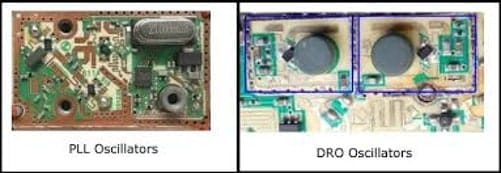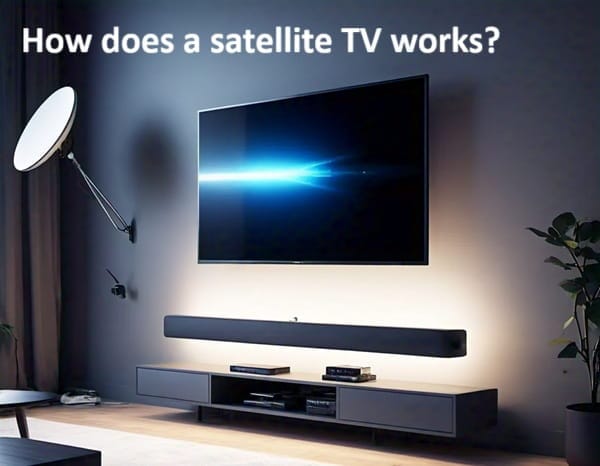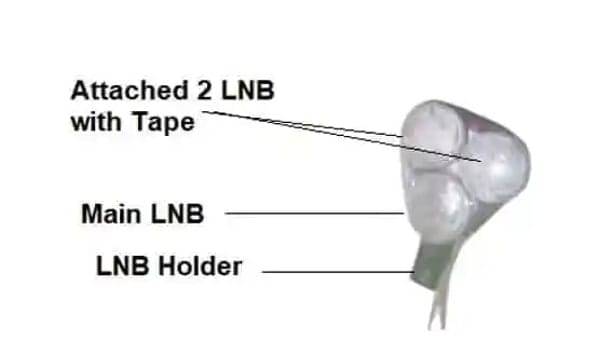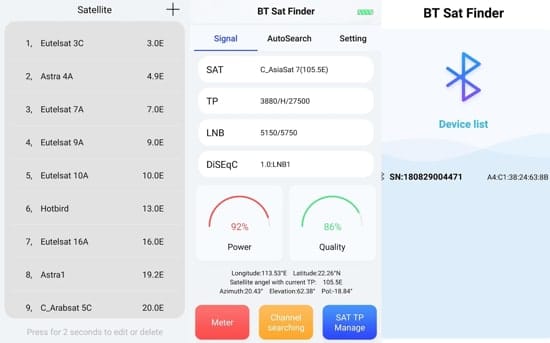Do you want to know which Ku-band LNB is better? Is there a real difference (DRO Vs PLL LNB) in getting very weak signals from the satellites, obviously with the same dish size? Let’s see the differences.From a technical perspective, there are more than 50+ parameters that should be considered when selecting an LNB for your satellite system. A few things are below – You should also check the –
You should also check the –
- RF leakage
- Rejection of transmitting signals
- In-band spurious performance
- Long-term aging effects
- Vibration effects
- Corrosion resistance
- Connector types
- Out-of-band spurious performance
- Intermodulation performance
- Converted gain
- Receiving gain
- dynamic range considerations
- Environmental effects
- Reliability
- Stability
- Noise figure
Table of Contents
PLL LNB means –
PLL stands for Phased Locked Loop. In simple terms, Phase lock loops or “PLL” LNBFs are more stable than DROs, because they use a more stable internal reference source by utilizing crystal oscillators. The LNBs conversion oscillator frequency is determined by an internally located temperature-compensated crystal oscillator and a digital phase locking circuit. It has Frequency Stability from ± 150 KHz to ± 5 KHz.DRO LNB Means –
DRO stands for Dielectric Resonator Oscillator. The LNBs conversion oscillator frequency is determined by a free-running oscillator whose frequency-determining element is a piece of Ferro ceramic material referred to as a puck. It has Frequency Stability from ± 1.0 MHz to ± 150 KHz.If you test both LNBs then you will get high noise in PLL LNB compared to DRO. Also, you should not use PLL LNB in high-gain situations because you probably don’t really need the extra stability offered by the PLL LNB circuit. You will occasionally see flashes of purple lines through an entire TV screen.So which LNB is better reception? –
It depends on the situation of satellite signals and your dish antenna size. If you are getting high signals then you should use DRO LNB because you don’t require higher stability. But if you are facing a weak signal issue then take extra time to aim the dish antenna correctly, check the skew and focal point of the LNB, and do any other tweaks that might improve the signal, also you should use PLL LNB for better stability for locking the signals fast. You should also check the –
You should also check the –Noise Figure –
The noise figure of the LNB is a measurement of how sensitive the LNB is or how much noise the LNB will add to the signal you may be intending to receive. The lower the noise figure of the LNB the better the LNB will be able to receive weaker signals.Gain –
The gain of an LNB is an amount the LNB will amplify the input signal which is expressed in dB. The input signal is very weak when it arrives at the receiving antenna and must be amplified much time before it can be transported down a coaxial cable. If the signal is not amplified the signal would be absorbed by the losses in the coaxial cable and never reaches the receiver.Check the BER by using Digital Satellite Finder –In a digital system, the bit error rate (BER) of the receiver will be directly affected by the level of the phase noise in the received signal. The higher the phase noise level the more errors there will be in the received signal.Conclusion –
- If you prioritize cost-effectiveness and compact design, DRO LNB might be the better option., then you should use DRO LNB.
- If you require high signal quality and stability, PLL LNB is the better choice. then you can use PLL LNB
Discover more from TrackDish - TV Installation Guide
Subscribe to get the latest posts sent to your email.
Show Comments



